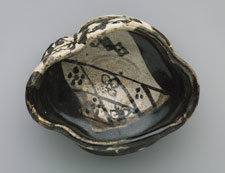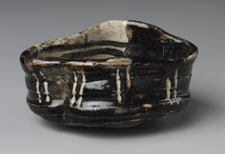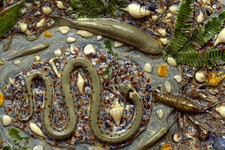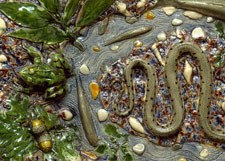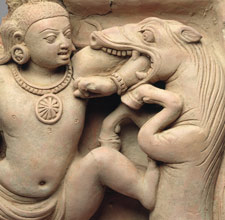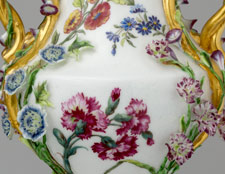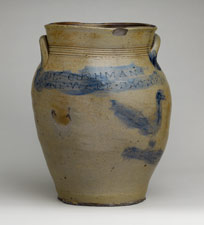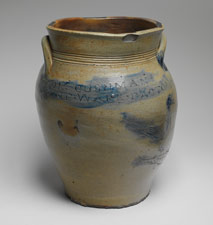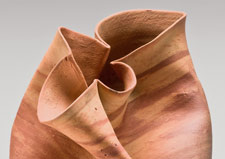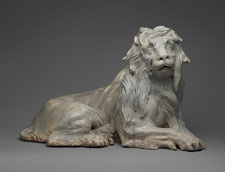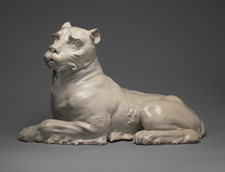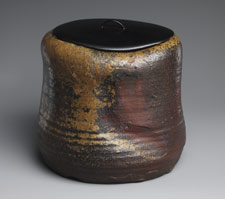New Connections appear every Wednesday. Sign up for a reminder.
Curator of European porcelain Jeff Munger delves into the tactile experience of working with clay.
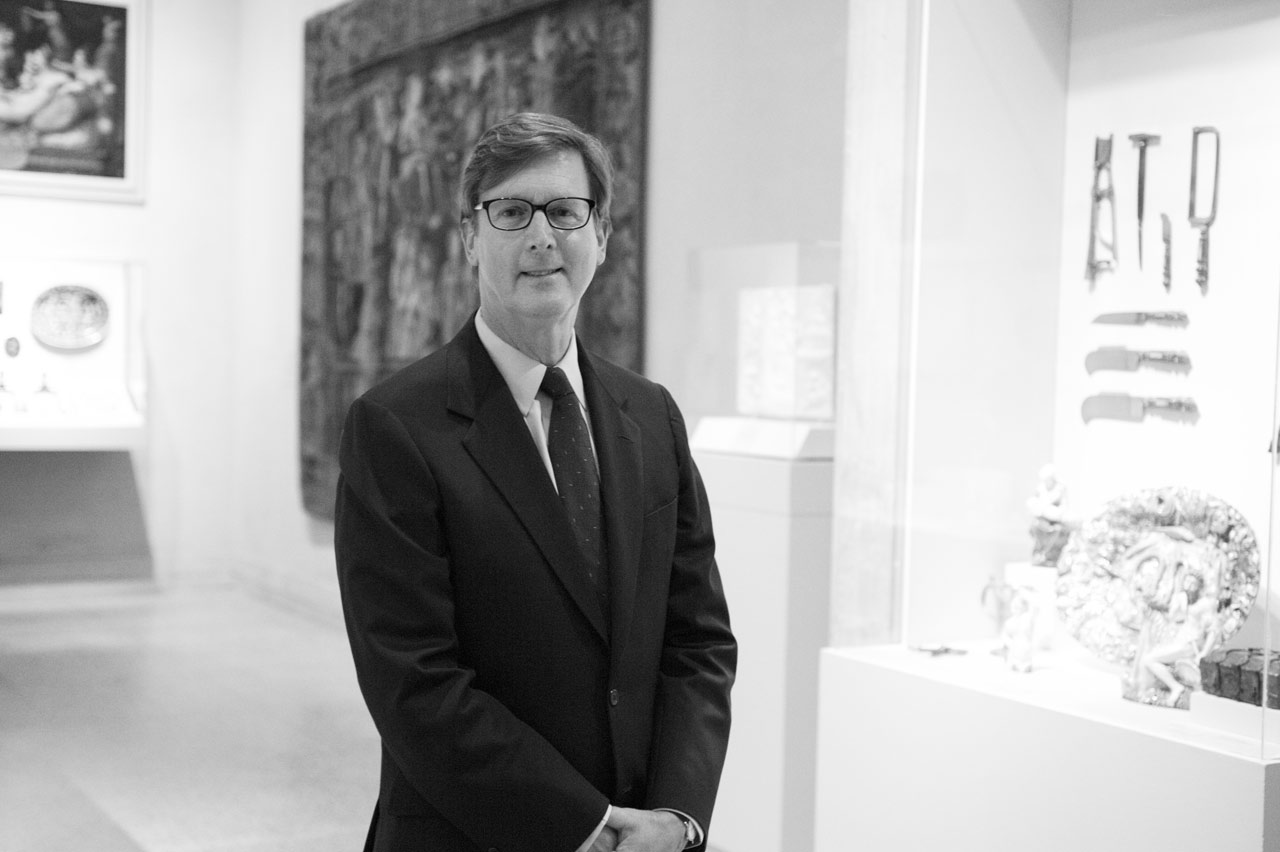 1280852
1280852 8591024
8591024 1280869
1280869 6861024
6861024 8021024
8021024 1280874
1280874 1280985
1280985 1280874
1280874 8691024
8691024 10881024
10881024 1280818
1280818 8611024
8611024 1280949
1280949 12801023
12801023 1280853
1280853 1280916
1280916 8131024
8131024 10451024
10451024 10241024
10241024 5941024
5941024 8371024
8371024 1280988
1280988 11431024
11431024 9301024
9301024 9301024
9301024 9701024
9701024 8041024
8041024 1280902
1280902 1280487
1280487 1280978
1280978 1280978
1280978 11561024
11561024 11561024
11561024 7771024
7771024 1280852
1280852
My name is Jeff Munger, and I'm curator in the department of European sculpture and decorative arts, and my topic is "Clay."
My interest in clay goes back a long time. Somewhat embarrassingly
I attempted to be a potter in school. I found I had no aptitude for throwing pots, but
I loved working with the material, and it was endlessly exciting
to see what would happen when the kiln door was finally opened. The kind of pots that I tried to create
were very much influenced by Japanese ceramics, primarily those for the tea ceremony.
I was fascinated by the roughness of the clay, by the abstract use of
glazes, by the accidents that could happen in the kiln, the different temperatures, anything can affect it.
One of the things that most appeals to me about ceramics is the sense of immediacy and spontaneity.
You really have the sense of the potter working directly on the object.
With clay, you're essentially taking something out of the earth, firing it, and then it transforms into something completely different.
Because clay itself does not have inherent value or worth, the value that we see in these objects is the vision and the skill that the potter has brought to them.
The natural world has attracted potters for millennia. Bernard Palissy
literally took casts of frogs, of snakes, of
shells, and used those casts to make these nonfunctional
highly decorative and rather bizarre objects.
There's something about the color of terra cotta, of the clay itself
which is evocative of skin, which gives a kind of presence that you wouldn't find in a marble or a bronze.
I find it remarkable that potters can work with mineral oxides that look like various shades of mud
and yet somehow after they're fired achieve extraordinary colors.
Ceramics could also serve as a canvas for potters. This vase has these beautifully modeled highly detailed flowers that creep up the side, extended by
painting two dimensional flowers onto the surface. I'm particularly fond
of Toshiko Takaezu, as she was the potter with whom I studied. She was the best of teachers, infinitely patient, but she taught me enormous respect for basic materials, for the possibility of chance. You can't control what happens in the firing.
This stoneware jar, the uneven rim
the bulges on the side, the lack of symmetry
are really the essence of clay, and it was a good lesson that there really are no guarantees in life.
George Ohr, you can feel that he has taken his hands and
crushed this vase that is completely abstract, yet to me celebrates the clayness itself.
I wasn't good at either throwing or glazing but the sheer experience of trying to do both
made me especially appreciative of
the skills of the potters whose works I now handle today. I can see
the lines of a vase that has been raised on the wheel
the tool marks where a handle has been applied or details have been freshened. I approach
these objects differently and in a more tactile way, having some sense of what is involved
in creating the final product.
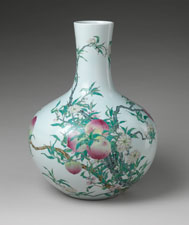 |
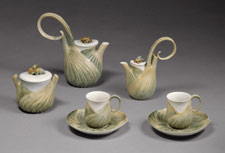 |
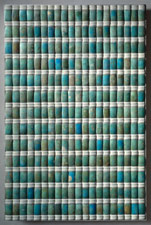 |
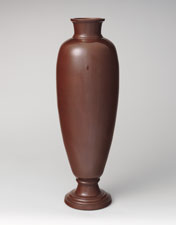 |
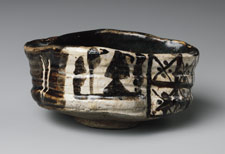 |
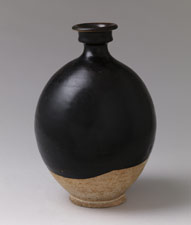 |
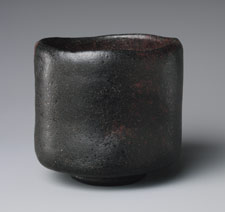 |
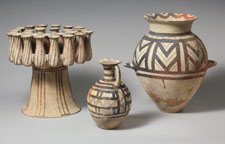 |
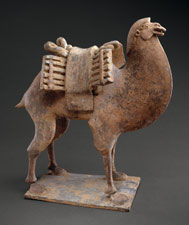 |
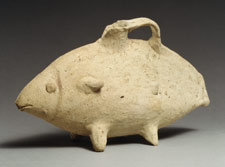 |
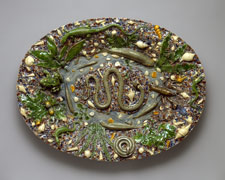 |
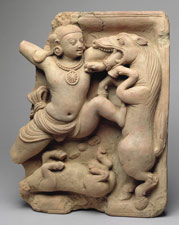 |
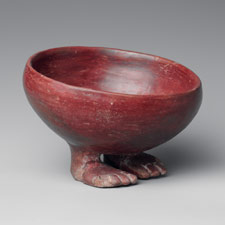 |
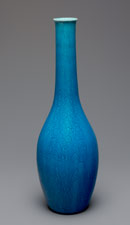 |
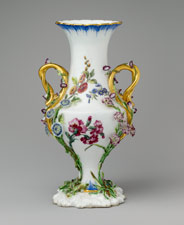 |
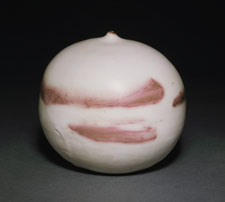 |
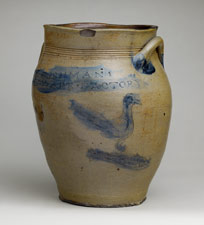 |
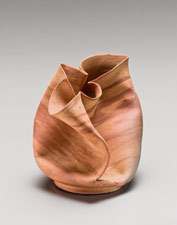 |
 |
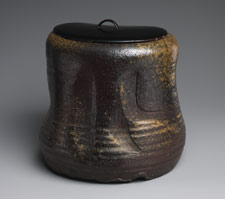 |
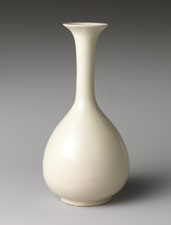 |
Works of art in order of appearanceLast Updated: June 22, 2015. Not all works of art in the Museum's collection may be on view on a particular day. For the most accurate location information, please check this page on the day of your visit. |
||
 |
Vase with peaches Qing dynasty, Qianlong mark and period, 18th century China Porcelain with overglaze enamels Mr. and Mrs. Isaac D. Fletcher Collection, Bequest of Isaac D. Fletcher, 1917 (17.120.194) More information: The Collection Online Not on view
|
 Asian ArtSecond Floor
Asian ArtSecond Floor |
 |
Coffee service 1900–1904 Designer: Lèon Kann (French); Sèvres Manufactory (French) Hard-paste porcelain Gift of Diane R. Wolf, 1988 (1988.287.1a, b) More information: The Collection Online Not on view
|
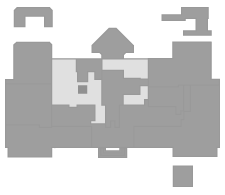 European Sculpture and Decorative ArtsFirst Floor
European Sculpture and Decorative ArtsFirst Floor |
 |
Wall tiles from the funerary apartments of king Djoser Old Kingdom, Dynasty 3, reign of Djoser, ca. 2630–2611 b.c. Egypt, Memphite Region, Saqqara, Djoser Pyramid precinct Faience Rogers Fund, by exchange, 1948 (48.160.1) More information: The Collection Online Not on view
|
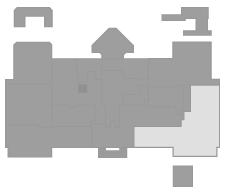 Egyptian ArtFirst Floor
Egyptian ArtFirst Floor |
 |
Vase ca. 1710–15 Factory: Meissen Manufactory German (Meissen) Stoneware Gift of R. Thornton Wilson, 1951 (51.1.4) More information: The Collection Online Not on view
|
 European Sculpture and Decorative ArtsFirst Floor
European Sculpture and Decorative ArtsFirst Floor |
 |
Clog-shaped tea bowl with design of plum blossoms and geometric patterns Momoyama period, early 17th century Japan Stoneware with iron-black glaze (Mino ware, black Oribe type) Dr. and Mrs. Roger G. Gerry Collection, Bequest of Dr. and Mrs. Roger G. Gerry, 2000 (2002.447.28) More information: The Collection Online Not on view
|
 Asian ArtSecond Floor
Asian ArtSecond Floor |
 |
Vase Tang dynasty, 8th century China Earthenware with black glaze Purchase, The Dillon Fund Gift, Bequest of Dorothy Graham Bennett, and Friends of Asian Art Gifts, 1996 (1996.226) More information: The Collection Online Not on view
|
 Asian ArtSecond Floor
Asian ArtSecond Floor |
 |
Tea bowl ca. 1575 Tanaka Chôjirô (?) (Japanese) Rough clay covered with a dull black glaze; three spur marks of iron supports (Raku ware) Rogers Fund, 1917 (17.118.74) More information: The Collection Online Not on view
|
 Asian ArtSecond Floor
Asian ArtSecond Floor |
 |
Kernos (vase for multiple offerings), Jar, Jug ca. 2300–2200 b.c.; Early Cycladic III–Middle Cycladic I Terracotta Purchase, The Annenberg Foundation Gift, 2004 (2004.363.1–3) More information: The Collection Online Not on view
|
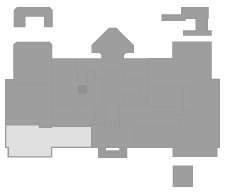 Greek and Roman ArtFirst Floor and Mezzanine
Greek and Roman ArtFirst Floor and Mezzanine |
 |
Camel Northern Wei–Northern Qi dynasty, mid–late 6th century China Earthenware with traces of pigment Rogers Fund, 1928 (28.121) More information: The Collection Online Not on view
|
 Asian ArtSecond Floor
Asian ArtSecond Floor |
 |
Terracotta askos (vessel) in the form of a fish ca. 1200–1175 b.c.; Late Cypriot III Terracotta The Cesnola Collection, Purchased by subscription, 1874–76 (74.51.788) More information: The Collection Online Not on view
|
 Greek and Roman ArtFirst Floor and Mezzanine
Greek and Roman ArtFirst Floor and Mezzanine |
 |
Platter last quarter of 16th century School of Bernard Palissy (French) Lead-glazed earthenware Gift of Julia A. Berwind, 1953 (53.225.52) More information: The Collection Online Not on view
|
 European Sculpture and Decorative ArtsFirst Floor
European Sculpture and Decorative ArtsFirst Floor |
 |
Krishna Killing the Horse Demon Keshi Gupta period, 5th century India (Uttar Pradesh) Terracotta Purchase, Florence and Herbert Irving Gift, 1991 (1991.300) More information: The Collection Online Not on view
|
 Asian ArtSecond Floor
Asian ArtSecond Floor |
 |
Footed Bowl Predynastic Period, probably late Naqada I–early Naqada II, ca. 3750–3550 b.c. Egyptian Ceramic Rogers Fund, 1910 (10.176.113) More information: The Collection Online Not on view
|
 Egyptian ArtFirst Floor
Egyptian ArtFirst Floor |
 |
Bottle 1926 Adelaide Alsop Robineau (American) Porcelain Purchase, Edward C. Moore Jr. Gift, 1930 (30.17) More information: The Collection Online Not on view
|
 Modern and Contemporary ArtSecond Floor
Modern and Contemporary ArtSecond Floor |
 |
Vase (Vase Duplessis) ca. 1752 Model attributed to Jean-Claude Duplessis (French) French (Vincennes) Gift of Mrs. Morris Hawkes, 1924 (24.214.4) More information: The Collection Online Not on view
|
 European Sculpture and Decorative ArtsFirst Floor
European Sculpture and Decorative ArtsFirst Floor |
 |
"Sakura" Vase 1967 Toshiko Takaezu (American) Glazed porcelain Gift of Mr. and Mrs. Louis Grotta, 1986 (1986.417.2) More information: The Collection Online Not on view
|
 Modern and Contemporary ArtSecond Floor
Modern and Contemporary ArtSecond Floor |
 |
Jar 1805–33 Paul Cushman (American) Stoneware Gift of Paul Cushman Jr., 2002 (2002.475) More information: The Collection Online Not on view
|
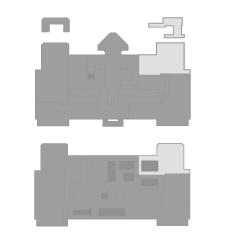 American Decorative ArtsFirst and Second Floors
American Decorative ArtsFirst and Second Floors |
 |
Bowl 1898–1910 George E. Ohr (American) Earthenware Promised Gift Not on view
|
 American Decorative ArtsFirst and Second Floors
American Decorative ArtsFirst and Second Floors |
 |
Lion and Lioness ca. 1732 Model attributed to Johann Gottlieb Kirchner (German) German (Meissen) Hard-paste porcelain Purchase, Wrightsman Fund, 1988 (1988.294.1,.2) More information: The Collection Online Not on view
|
 European Sculpture and Decorative ArtsFirst Floor
European Sculpture and Decorative ArtsFirst Floor |
 |
Water pot Edo period, ca. 1625 Japan Bizen pottery; lacquer cover; called Daruma-shape Fletcher Fund, 1925 (25.215.47a,b) More information: The Collection Online Not on view
|
 Asian ArtSecond Floor
Asian ArtSecond Floor |
 |
Bottle Vase Song dynasty (960–1279) China Porcelain with ivory white glaze (Ding-type ware) Gift of Stanley Herzman, in memory of Adele Herzman, 1991 (1991.253.14) More information: The Collection Online Not on view
|
 Asian ArtSecond Floor
Asian ArtSecond Floor |
© 2011 The Metropolitan Museum of Art |
||

